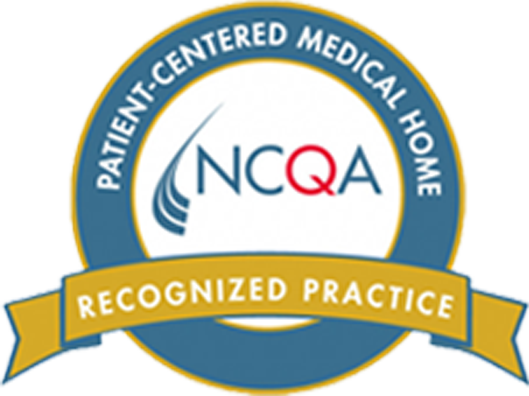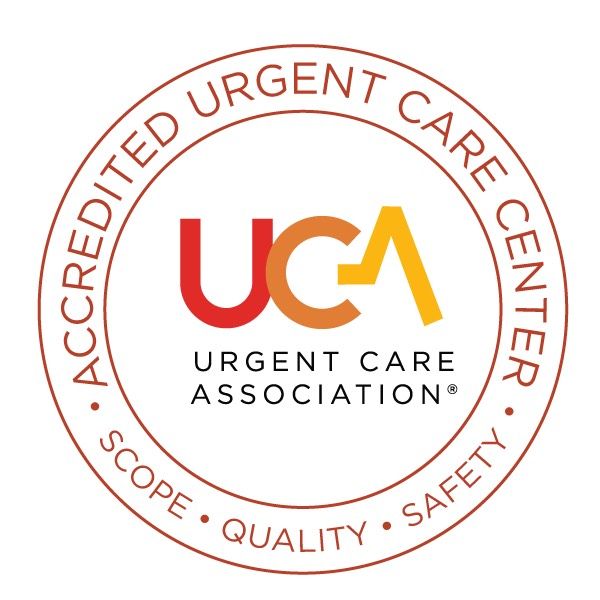ADHD 101: The Basics

Many adults jokingly blame ADHD for their own occasional daydreaming or moments of inattention, but for some children, Attention Deficit Hyperactivity Disorder is far from a laughing matter. The National Institute of Mental Health defines ADHD as a brain disorder marked by an ongoing pattern of inattention and/or hyperactivity-impulsivity that interferes with functioning or development. More specifically, ADHD affects the executive functioning skills of the brain – functions like concentration, organizational skills, and impulsivity.
Some hold the controversial opinion that ADHD doesn’t exist, or that it’s a result of bad parenting or modern-age information overload. However, research has shown that ADHD is a genetic disease, and brain studies have linked ADHD to changes in the production of the neurotransmitter dopamine. In addition, cases of ADHD have been found both throughout history and in developing countries. What has changed recently is the number of people diagnosed with it. According to the Center for Disease Control, one in every eleven children is diagnosed with ADHD.
What are the Subtypes of ADHD?
ADHD is broken down into three subtypes: Predominantly Inattentive, Predominantly Hyperactive-Impulsive, and Combined.
- Children with a Predominantly Inattentive ADHD have trouble paying attention for extended periods of time, but don’t show symptoms of hyperactivity.
- Hyperactive-Impulsive ADHD involves excessive activity and an inability to control immediate impulses, especially those which have a potential for harm. This subtype is less common.
- The Combined ADHD subtype combines the other two subtypes. It is the one people most commonly associate with the disorder.
What Are The Symptoms?
Most, if not all, children are hyperactive or inattentive from time to time, but at what point to these behaviors signal a possible ADHD diagnosis? If your child shows some of the following behaviors for prolonged periods of time (more than 6 months), it may be time to consult your pediatrician:
- Constant daydreaming
- Excessive fidgeting
- Excessive talking
- Excessive forgetfulness
- Taking unnecessary risks
- Inability to get along with peers
- Inability to concentrate
You can find the specific set of criteria used to diagnose ADHD on the Center for Disease Control (CDC) website.
My Child Has Been Diagnosed With ADHD – What Are Our Treatment Options?
The most important thing to remember is that ADHD is treatable and can be well managed. It is treated with either medication or therapy, and research shows that the most effective treatment method involves a combination of both. The medications that are generally prescribed for ADHD are classified as either stimulant or nonstimulant. Both have specific benefits and side-effects to consider, and your pediatrician will make appropriate recommendations based on the specifics of your child’s diagnosis. Combining prescriptions with Cognitive Behavioral therapy and mindfulness-based therapy not only help with the physical symptoms of the disorder, but also in the management of its emotional aspects.
Here is a list of additional resources for learning about ADHD. At RBK, we are also always available to answer any questions you may have about the disorder. Give us a call at one of our three locations to schedule an appointment.


